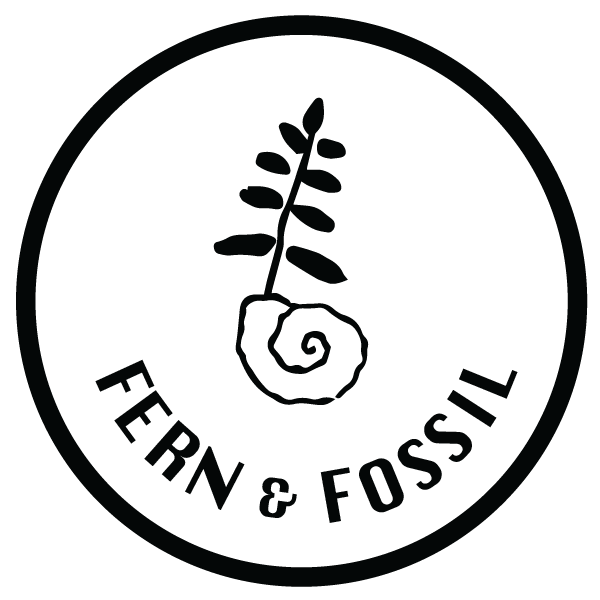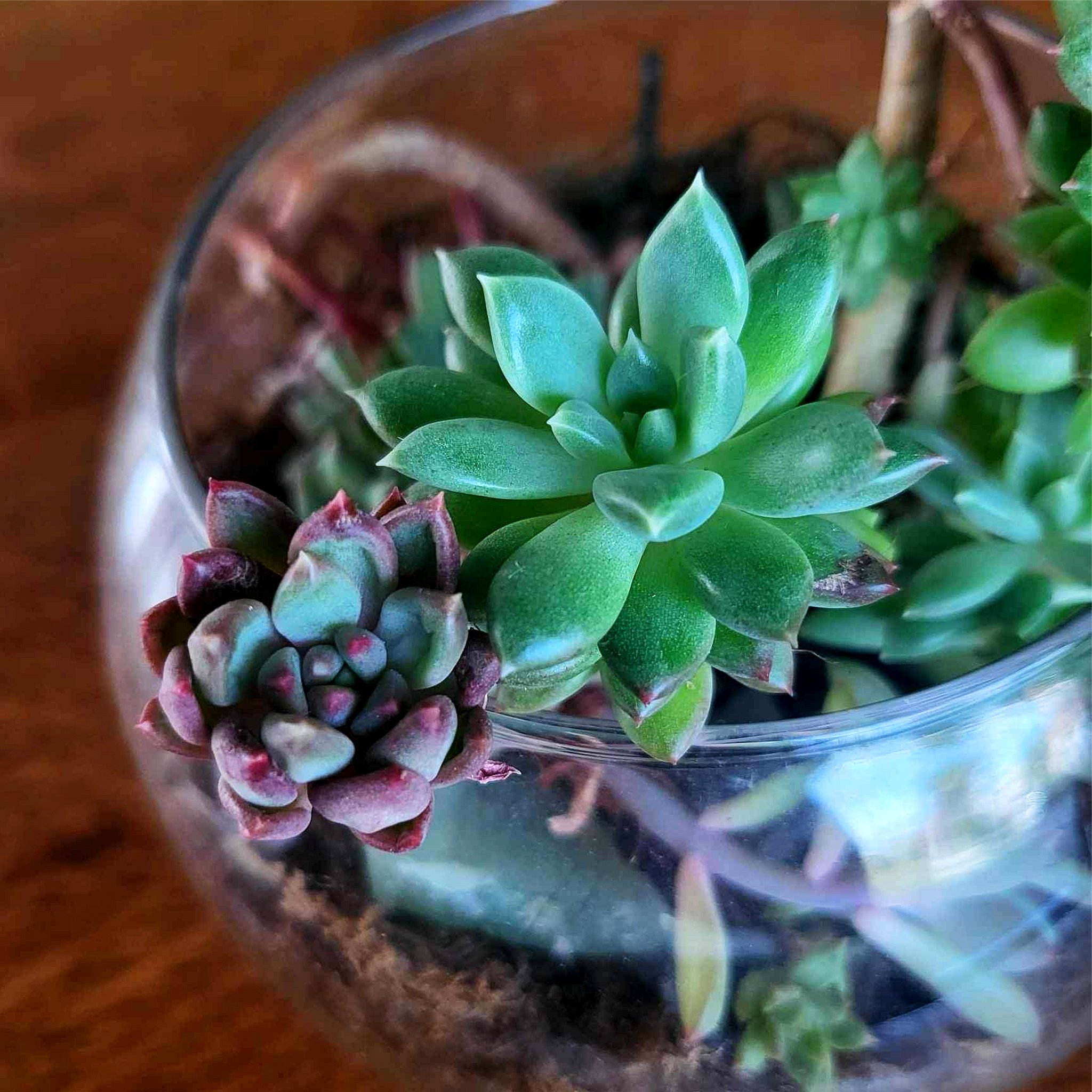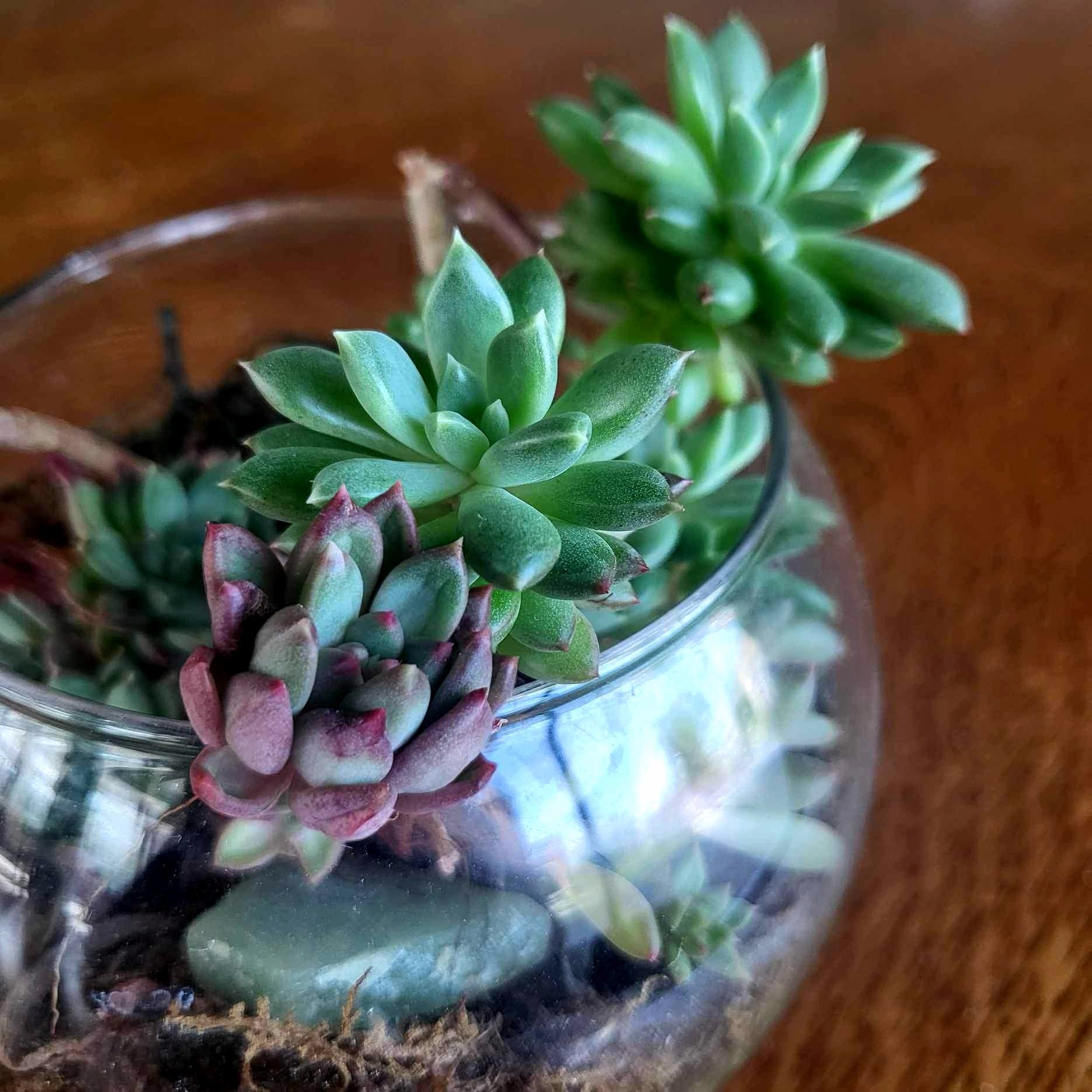Plant of the Month June 2024: Vera Higgins (x Graptosedum “Vera Higgins”)
This month we’re covering the Vera Higgins Graptosedum, an intergeneric hybrid succulent named after British botanist and botanical illustrator Vera Higgins who was best known for her studies on Crassulaceae. Higgins graduated from Cambridge University and was the first editor of The Cactus Journal of the Cactus & Succulent Society of Great Britain from 1931 until the start of World War II in 1939. During the war, she edited the Journal of the Royal Horticultural Society and was elected a fellow of the Linnean Society of London. In 1946, Higgins was awarded the Royal Horticultural Society Victoria Medal of Honour.
The Vera Higgins Graptosedum is a hybrid of Graptopetalum paraguayense, better known as Ghost Plants, and Sedum stahlii, a reddish cultivar similar to the Jelly Bean Plant. That’s probably why it was so hard for me to identify this cute lil’ sucker. Graptosedum closely resemble succulents in the echeveria genus due to its leafy rosette pattern. The Vera Higgins variety of Graptosedum is usually distinguished by its deep burgundy colors, which are a result of exposure to cooler temperatures. We can see this phenomenon in the plant featured in this post. As we were transitioning to our new location on Court Street in Newark, we had to place this succulent in a storage loft that exposed it to cooler temperatures. That’s when these saturated magenta and burgundy colors started to show. But since moving it back to the shop under more regulated/consistent temperatures, the leaves has started to revert back to a rich dark green. Although it might be tempting to place your plant baby in colder temperatures to achieve the same effect, I don’t recommend beginners try it. Succulents are NOT very hardy plants and too much exposure to the cold will kill it if you’re not careful!
Vera Higgins (x Graptosedum “Vera Higgins”) needs the following care:
Light ☀️ Full Sun
Water 💧Only when soil is completely dry. Do not overwater.
Grow 🌱 This is not a cold hardy plant. For best results avoid temperatures below 40 F.



